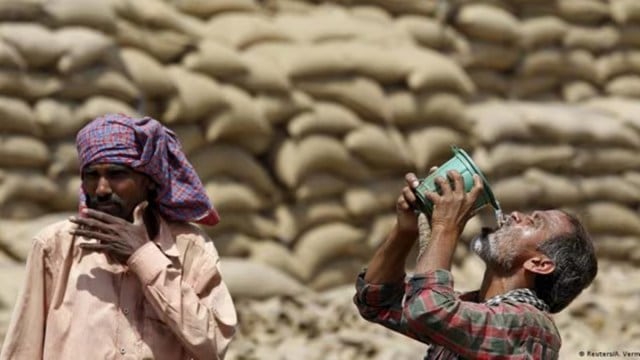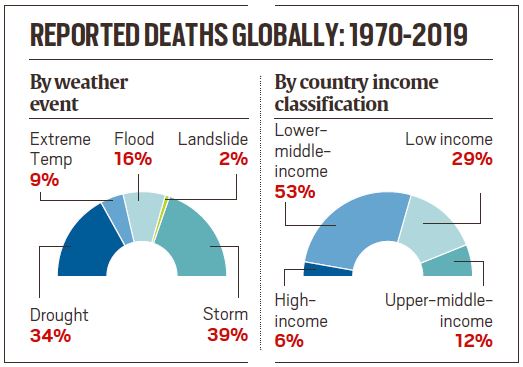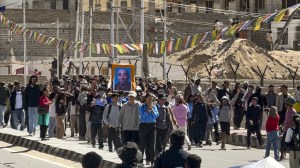Over 70 per cent of all workers globally are exposed to excessive heat due to rising temperatures and a growing labour force, marking an increase of 34.7 per cent in exposure estimates in the 20-year period between 2020 and 2000, as per a report titled ‘Ensuring safety and health at work in a changing climate’ by the International Labour Organization (ILO) released Monday.

Last week, the Union Ministry of Labour and Employment had issued an advisory to all states and union territories to safeguard workers at factories, mines, construction sites from the heat wave citing the recently issued alert on an upcoming heat wave in various parts of the country by the India Meteorological Department (IMD).
Story continues below this ad
The Ministry has asked states/union territories to ensure availability of drinking water, rescheduling of working hours of the workers, and other suitable measures to protect the labourers from the scorching heat.

Every year, an estimated 22.85 million occupational injuries, 18,970 deaths and 2.09 million disability-adjusted life years (DALYs) are attributable to excessive heat alone, the ILO report said. Out of a total global workforce of 3.4 billion workers, at least 2.41 billion workers are exposed to excessive heat every year, report added.
“Billions of workers are exposed every year to hazards exacerbated by climate change, and these figures are only likely to get worse…As climate change hazards evolve and intensify, it will be necessary to re-evaluate existing legislation or create new regulations and guidance. Some worker populations may be especially vulnerable to the effects of climate change and could therefore need extra protections,” the ILO said.
In 2020, there were an estimated 26.2 million persons living with chronic kidney disease due to exposure to excessive heat at work. Around 1.6 billion workers are exposed annually to solar ultraviolet (UV) radiation, with over 18,960 work-related deaths annually due to non-melanoma skin cancer alone, the ILO said. Around 1.6 billion outdoor workers face increased risk of exposure to air pollution, it added.
Story continues below this ad
The deaths from other occupational hazards are higher: pesticide poisoning (over 300,000), workplace air pollution (>860,000), solar UV radiation (>18,960 due to non-melanoma skin cancer alone) and parasitic and vector-borne diseases (>15,170), the ILO said.
Climate change can have a negative impact on employment, including job losses, damage to business assets and business interruptions, decreased labour productivity and forced migration. The ILO said climate change threatens ecosystems and the 1.2 billion jobs that depend on them, such as farming, forestry and fishing.
Those most at risk from excessive heat include outdoor workers in physically demanding jobs and indoor workers in poorly ventilated workplaces where the temperature is not regulated, with most such jobs in agriculture, environmental goods and services, construction, manufacturing, refuse collection, emergency repair work, transport, tourism and sports. Women workers may be at increased risk due to their job roles, such as in subsistence agriculture, while men workers are most likely to carry out heavy manual labour, for example in construction and agriculture, often in hot conditions, and are therefore at high risk of many climate change impacts.


































